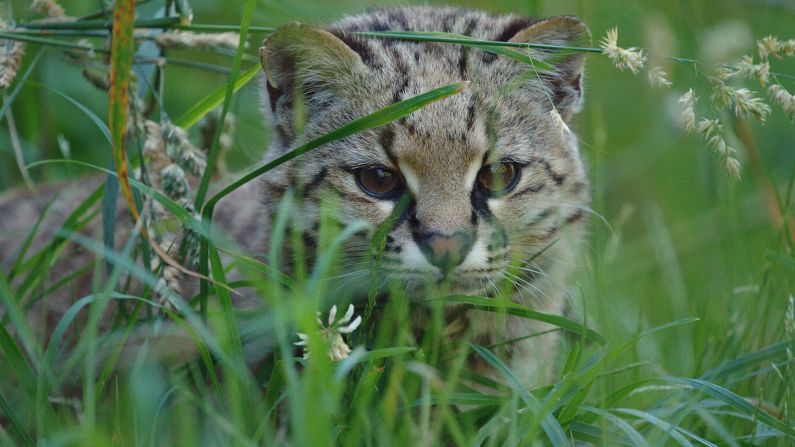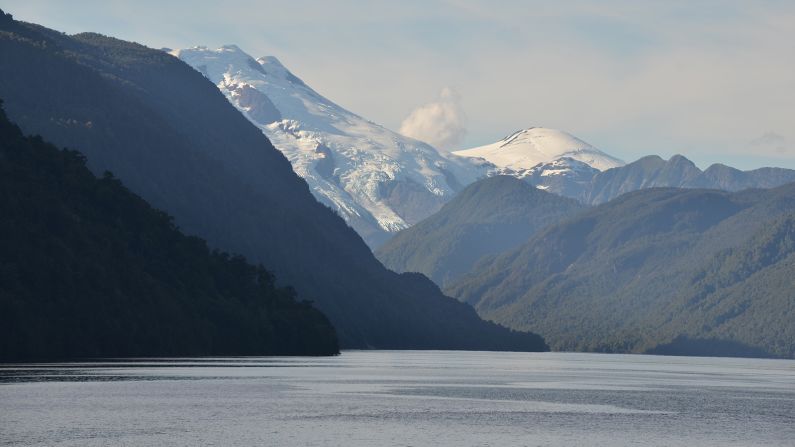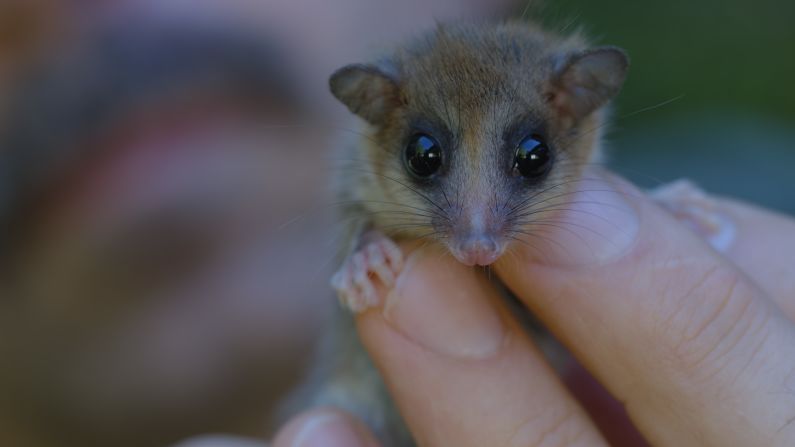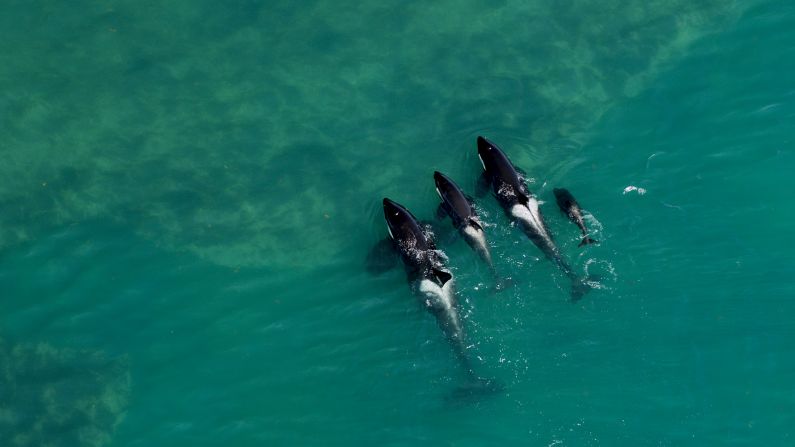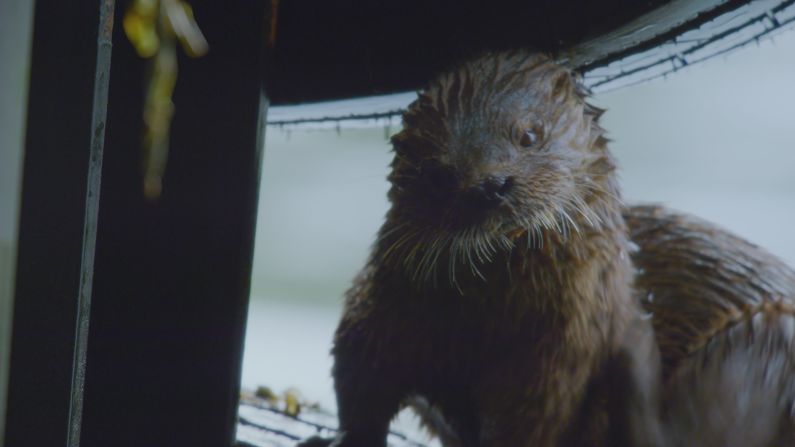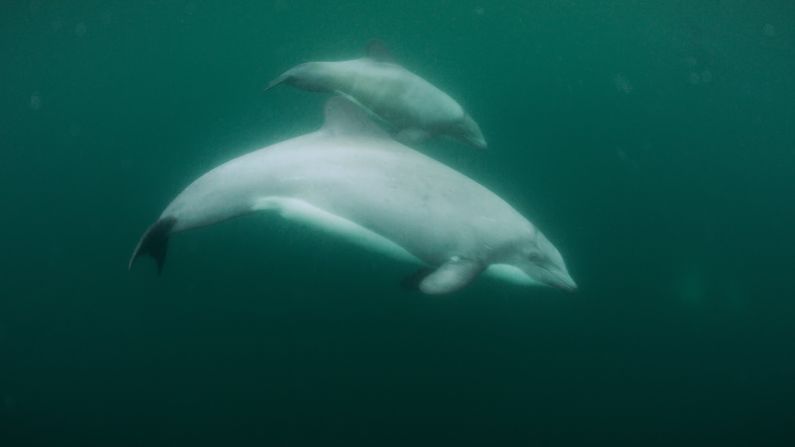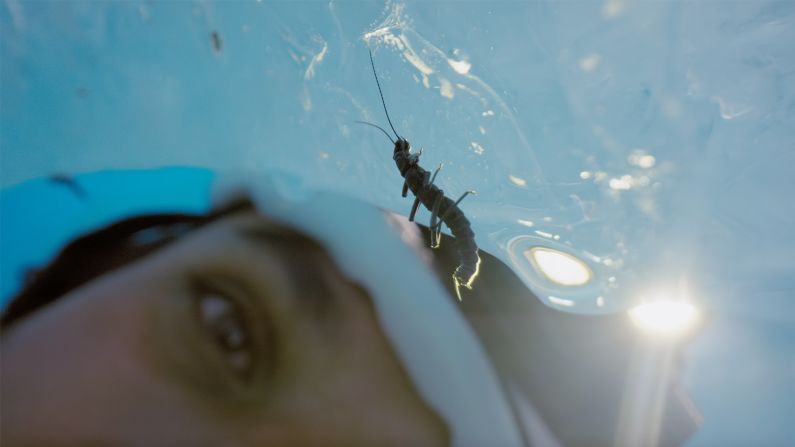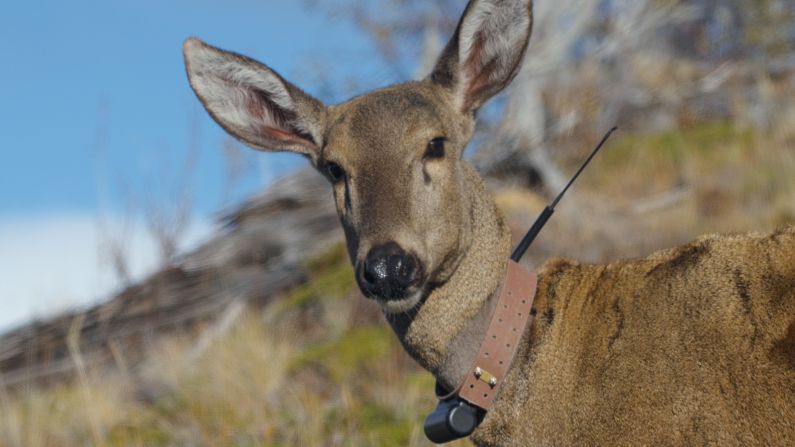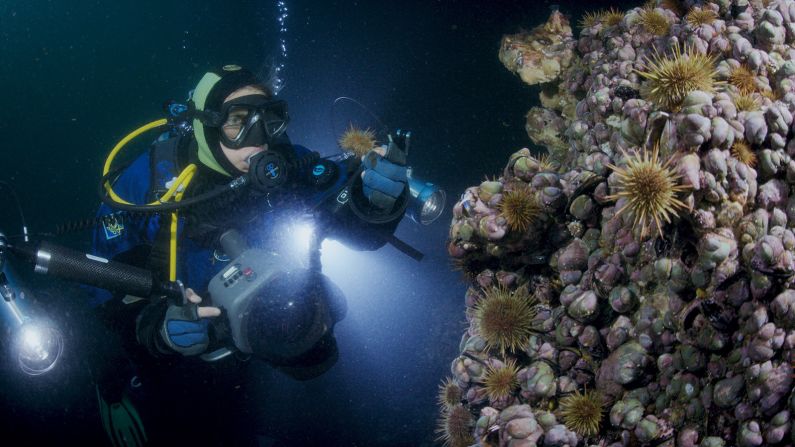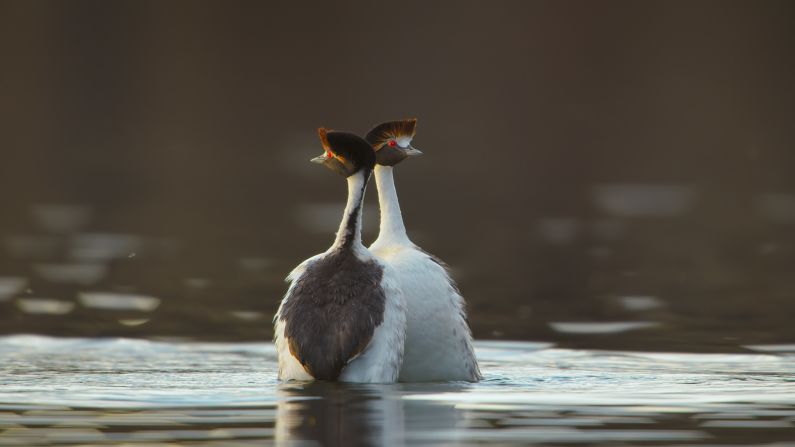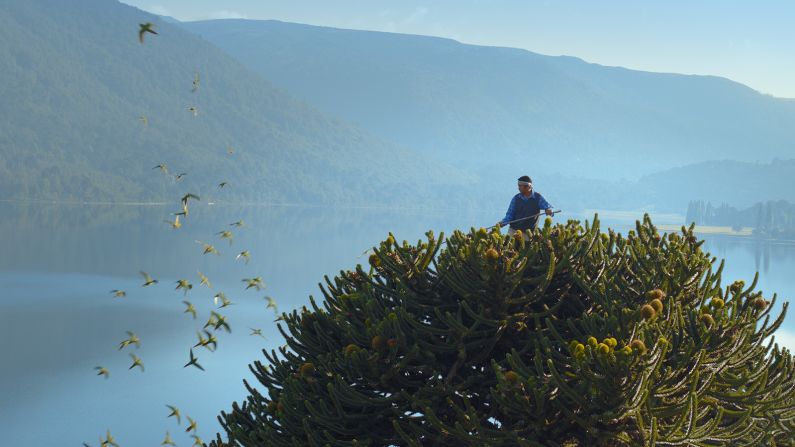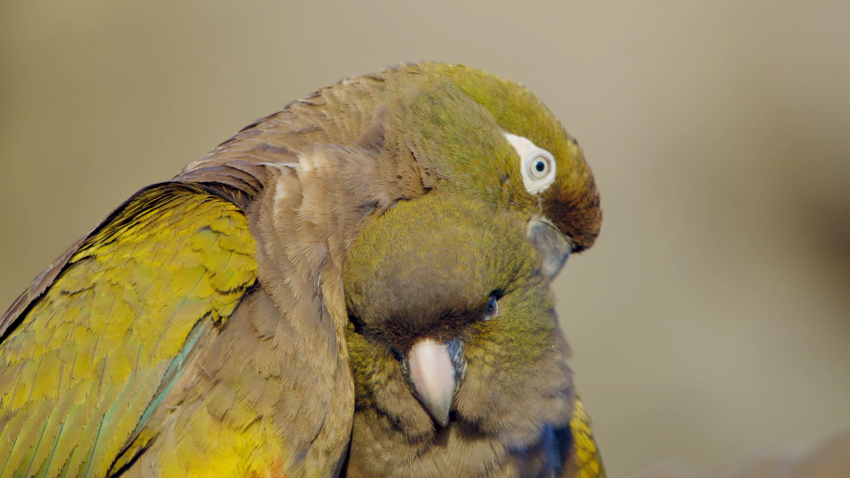Editor’s Note: The new docuseries “Patagonia: Life on the Edge of the World” explores one of the wildest places on Earth. The series airs Sundays at 9 p.m. ET/PT.
For travelers itching to go on an adventure, to reconnect with nature or to feel like they are the only humans for miles and miles, Patagonia is one of the last untouched places on Earth.
This remote region covers hundreds of thousands of square miles of southern Argentina and Chile, stretching across ancient forests, vast glaciers, deep fjords and the jagged Andes mountains.
Patagonia is home to diverse wildlife including pumas, penguins and parrots. There is kayaking, trekking, biking, climbing, rafting and snorkeling – even alongside sea lion pups.
“This is a place for people who like an adventure. You can feel the wind and feel the sea,” said Kevin Zaouali, one of the directors of the new CNN Original Series “Patagonia: Life on the Edge of the World.” “In Patagonia, you feel alone in this huge world of wildlife.”
Here are some of the must-see places at the end of the world:
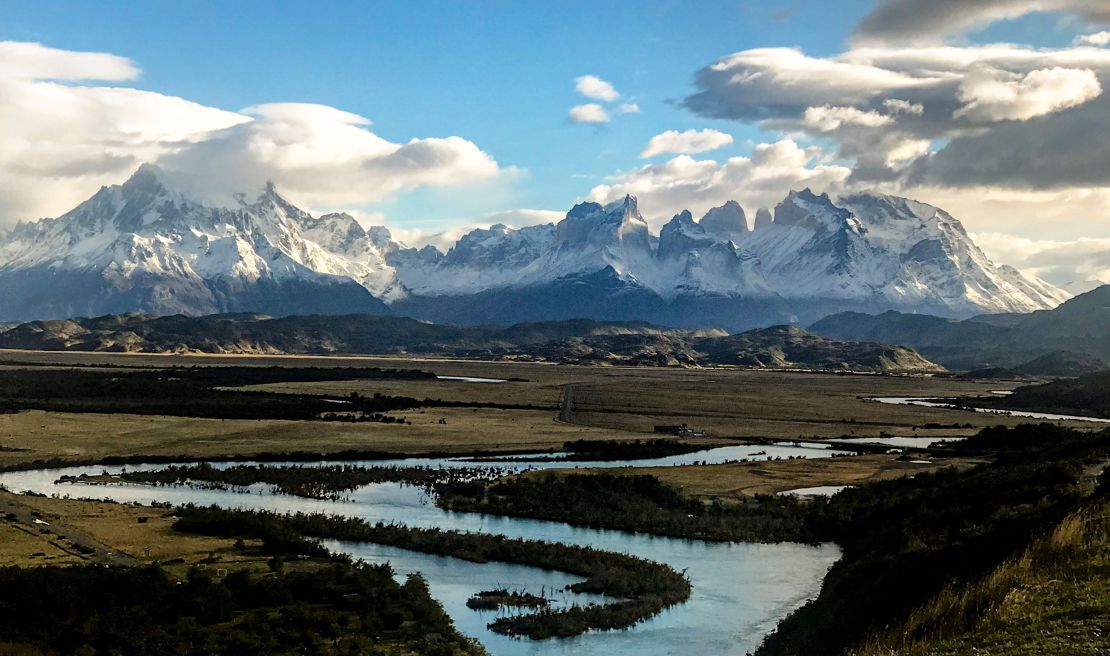
Torres del Paine National Park, Chile
Torres del Paine National Park is a crown jewel of Chile’s park system. It has miles-long glaciers, turquoise-blue lakes, granite peaks towering up to more than 9,400 feet, stunning waterfalls and rare wildlife.
“There are very few places in the world that are so pristine, so unspoiled,” said Camilo Rada, a scientist and mountaineer from Chile.
This park is one of the most sparsely populated regions in the world, where wildlife must be resilient to survive its punishing and unpredictable extremes. There are condors, wild horses, rheas, guanacos and pumas.
“This is one of the best places in the world to see these pumas. Everywhere else they are afraid of people, but not here. They don’t have any predators – there are no wolves or bears, so they are pretty chilled,” René Araneda, former guide and director of “Patagonia: Life on the Edge of the World,” told CNN. “Torres del Paine National Park is probably my favorite place in the world.”
It’s estimated that the park and surrounding area is home to hundreds of pumas.
The park is also home to some of the region’s best trekking, including the W Trek (50 miles) and O Circuit (68 miles). Summer is the ideal time for hiking, which is November to March in the Southern Hemisphere.
For accommodations, two great options are the world’s first geodesic dome hotel, called EcoCamp Patagonia, and the upscale Explora lodge.
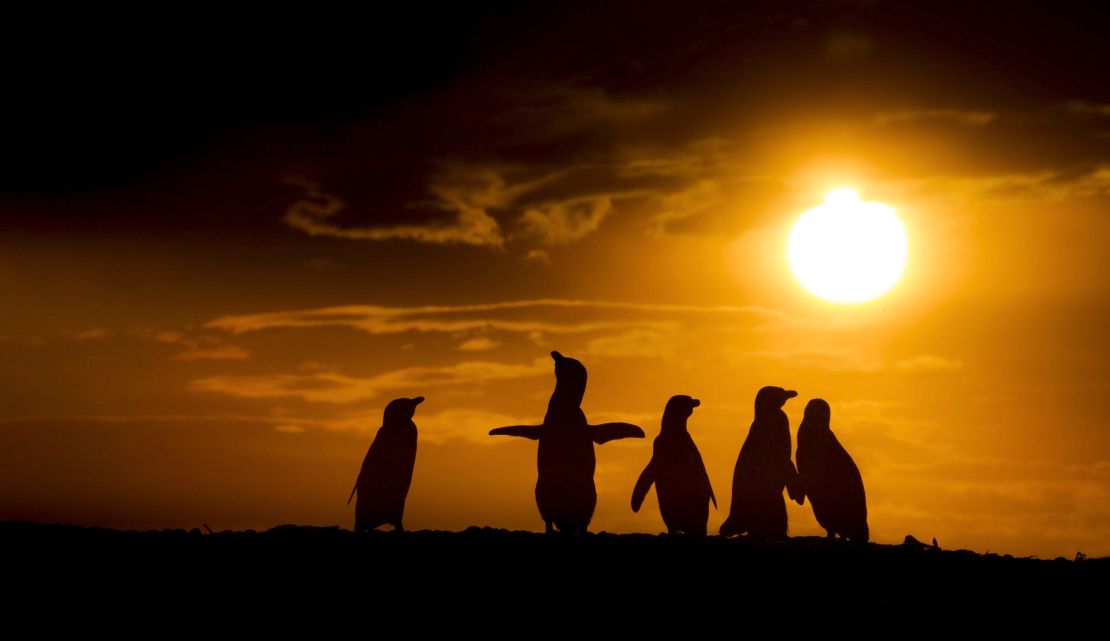
Península Valdés and El Pedral, Argentina
More than 700 miles northeast of Torres del Paine on the Argentinean coastline, Península Valdés is another wildlife lover’s paradise. At the UNESCO World Heritage Site, visitors can see orcas, southern right whales, elephant seals, sea lions, Magellanic penguins and countless birds.
Zaouali recommends taking a boat ride to see the southern right whales up close. These slow, peaceful giants got their name because they were once known as the “right ones” to hunt.
The orcas, on the other hand, can be seen from the beaches of Península Valdés.
“It’s the best place in the world to see orcas,” Zaouali said. “If you go, you’ll be in real contact with the wildlife.”
Punta Norte, on the northern tip of the peninsula, is one of the only places in the world where orcas come ashore to hunt unsuspecting seals and sea lion pups. Only two orca pods know this ingenious hunting trick.
First, they swim sideways to hide their dorsal fins, then beach themselves to snap up their meal and finally maneuver back into the sea. This happens in March and April, and the risky feat is stunning to see.

In El Pedral, about 30 miles south, there is a growing penguin colony.
“If you are there, you’re alone in a huge penguin colony. It’s the best place to stay if you want to experience Patagonia on a different level,” Zaouali told CNN, calling the spot magical.
There are over 12,000 Magellanic penguins, conservationist Popi García said in CNN’s “Patagonia” series.
“One of the favorite penguins in this colony is called Clarita,” García said, “We know that she’s about 16 years old. She was able to raise 14 chicks.”
September to April is the best time to see the penguins when these migratory waddlers come to breed.
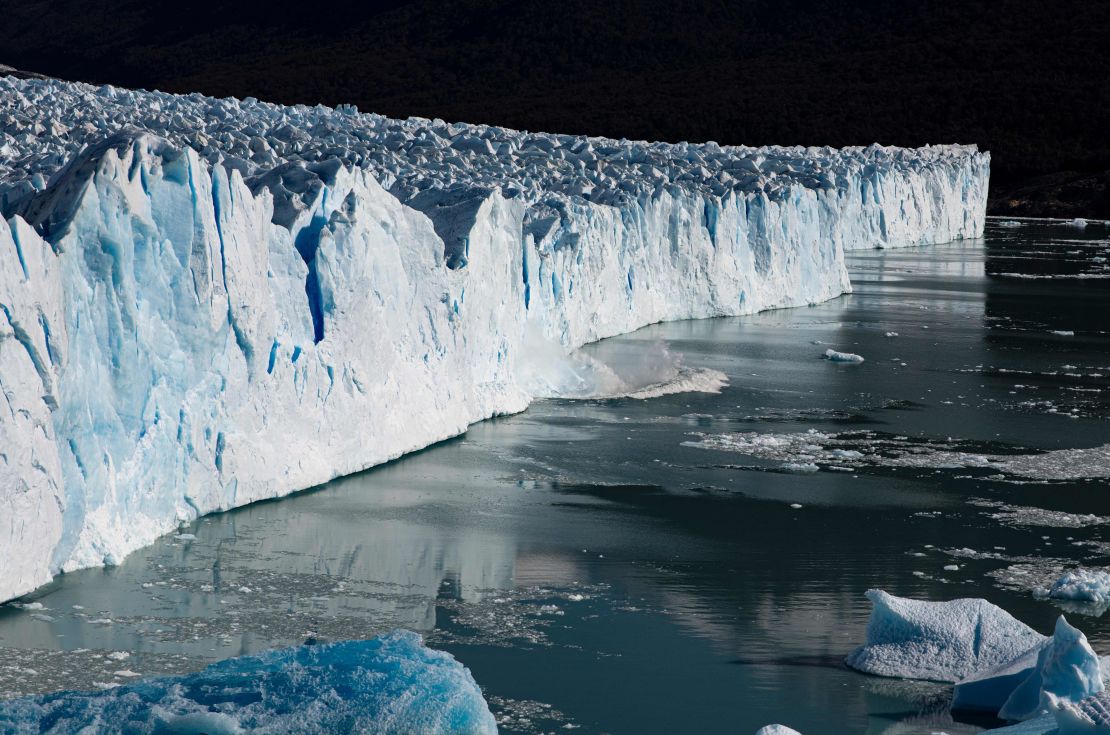
Los Glaciares National Park, Argentina
Located in the southwest of Santa Cruz province in the Argentine Andes, Los Glaciares National Park is defined by its numerous glaciers.
The most famous is the Perito Moreno Glacier – extending 19 miles in length, three miles in width and 560 in depth, according to the Global Alliance of National Parks.
Zaouali compared the icy wonder to “The Wall” in “Game of Thrones.”
“It’s a huge spectacle to see,” said Zaouali. He recommends visiting in the spring and summer, when it’s melting, to see and hear the huge chunks of the wall breaking off in front of your eyes.
Standing at over 11,000 feet, Mount Fitz Roy is the highest peak in the park. For jaw-dropping views of the mountain, hikers walk the steep 13-mile Fitz Roy trek.
Horseback riding, kayaking, biking and climbing also offer panoramic views of the awe-inspiring park.
Balneario El Cóndor, Argentina
The northern Argentinian village of Balneario El Cóndor is home to the world’s largest parrot colony, according to the Association of Avian Veterinarians.
After wintering up north, pairs of burrowing parrots return to the same nest every spring. Some of their nests stretch back ten feet into the cliffs. There are 37,000 active nests, conservationist Mauricio Failla said in the “Patagonia” series.
These green, yellow and blue birds are very social and vocal, which is why Failla loves studying them.
Other local attractions on the coast of the Río Negro province include the sandy beaches and the Faro Río Negro lighthouse.
There is kite surfing, windsurfing and sand yachting, which is a wheeled vehicle with a sail that’s powered across the sand by the wind.
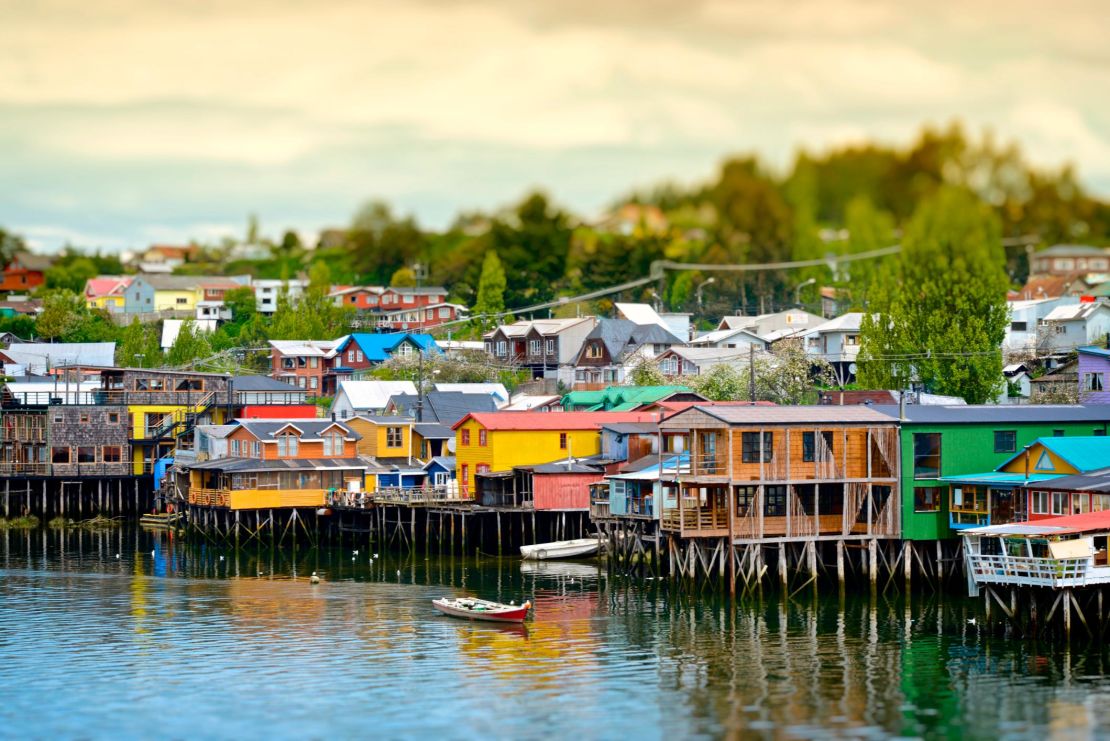
Chiloé Island, Chile
Chile’s Chiloé Island offers some of the best whale sightings in the region. The beautiful surrounding fjords are a magnet for wildlife, including sea lions, dolphins and the largest animal that has ever lived: blue whales.
Summer is the best time to see the endangered blue whales; it’s when they gather along the Pacific Coast to feast on krill. The nearly 200-ton whales will eat four tons of krill a day.
“Seeing a blue whale never gets boring. It’s always a thrill,” oceanographer Susannah Buchan told CNN. “It’s always amazing and emotional and a complete privilege.”
There are 700 migrating whales that come to this region every year from January to April.
Buchan recommends whale watchers visit in February. But she warns it’s a vast and dynamic feeding ground, so sightings are not guaranteed. Sometimes she won’t see whales for a couple of weeks.

A trip to Chiloé Island is not complete without soaking up the culture. There is a large indigenous community, rooted in deep traditions. Fishing and tourism are top industries for locals.
The island is famous for its picturesque palafitos, wooden houses on stilts above the water. There are even stilted hotels and restaurants that tourists can visit.
The area is also known for its delicious seafood. One of the traditional Chilean dishes is curanto, a feast of meat and seafood that’s cooked in a pit in the ground and covered by a large leaf. It’s one big communal pot of clams, mussels, sausage, potatoes, chicken and pork.
Buchan advises passing on Chilean salmon, which is not native to the region. There are no natural salmon in the Southern Hemisphere, so the local salmon is farmed. Overcrowding in the pens has led to disease among the salmon, she said, and big-scale escapes, damaging native fish communities and devastating the marine ecosystem.
Back on the mainland east of the island lies Pumalín Park, Chile’s largest private nature reserve. The park once belonged to North Face founder Douglas Tompkins but was donated to the country of Chile. This park is free to visit. This lush and temperate rainforest with crystal clear rivers is a stunning area for outdoor enthusiasts.
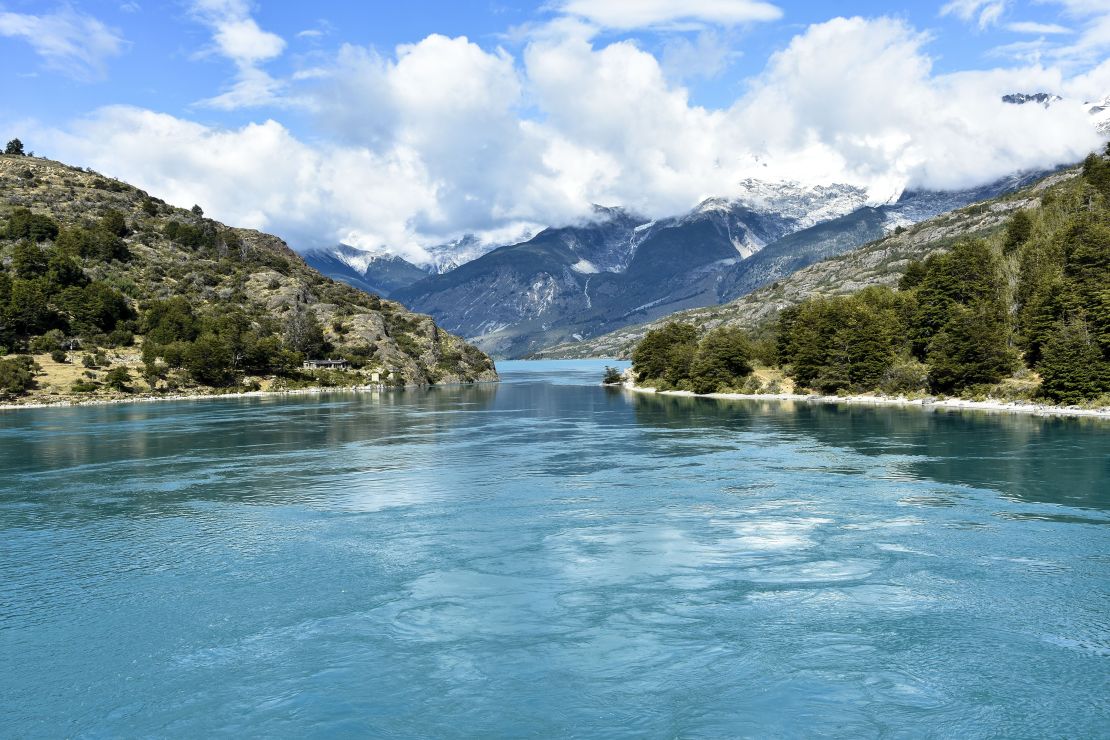
Carretera Austral, Chile
If you’re looking for a road trip through especially off-the-beaten-path parts of Patagonia, the Carretera Austral route takes drivers more than 700 scenic miles from Puerto Montt in the Lakes District south to Villa O’Higgins in the Aysén region.
The road, at times unpaved and requiring ferries, passes through small remote villages and enormously diverse landscapes on what many consider Patagonia’s finest road trip.
One of “Patagonia: Life on the Edge of the World” director Araneda’s favorite places in Patagonia is at the route’s southern end – the Aysén region. This forested area – encompassing several iconic parks including Pumalín Park and Laguna San Rafael National Park – is considered a biodiversity hotspot and new species are still being discovered here.
“This is one of the most unexplored places in the world,” Araneda said. “It looks like a jungle, like Costa Rica, but in a cold environment with the ocean and mountains.”
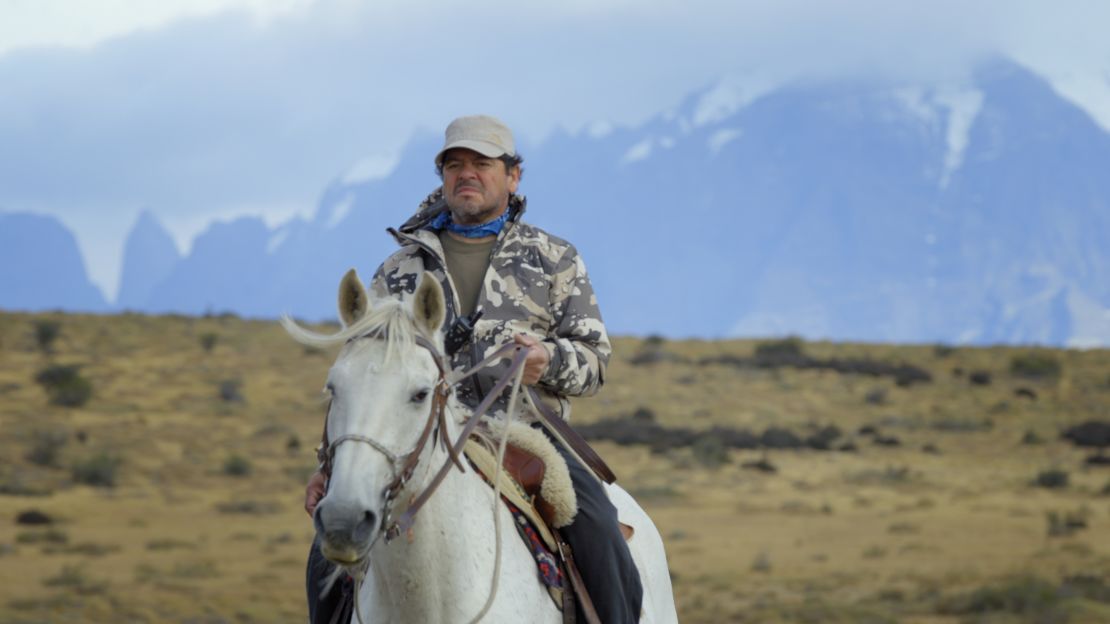
Estancias throughout Patagonia
For a unique experience, ranches called estancia offer traditional lodging throughout Patagonia.
Visitors can embrace the solitude of life as a gaucho, a native horseman that personifies the frontier spirit.
For horseback riding and fly fishing, the 100,000-acre Estancia Ranquilco in northwest Patagonia offers lodge stays and backcountry horse treks.
Another option is Tipiliuke, located in Argentina’s Chimehuín river valley in northwest Patagonia. There’s fly fishing, horseback riding, hiking, yoga, golfing, mountain biking, rafting, bird watching and even skiing at the nearby Chapelco ski area. The estancia’s chef is known for her empanadas.
Estancias offer the perfect opportunity to try authentic cuisine. One of the main staples is Argentinian barbecue known as asado.
In southern Chile, Estancia Cerro Guido stretches across 247,000 acres. Guests can experience the daily life of gauchos – spending time in the orchards and horse stables – and be immersed in local conservation work. The activities include driving 4x4, riding horses around Torres del Paine and joining puma trackers as they monitor this top predators’ daily movements and research how the big cats can coexistence with the ranches.
“The puma and the gaucho have always been enemies,” gaucho and puma tracker Mirko Utrovicic said in the series. “I think the most important thing is to realize that times change. Look at what surrounds us. We have to give them their space back.”
